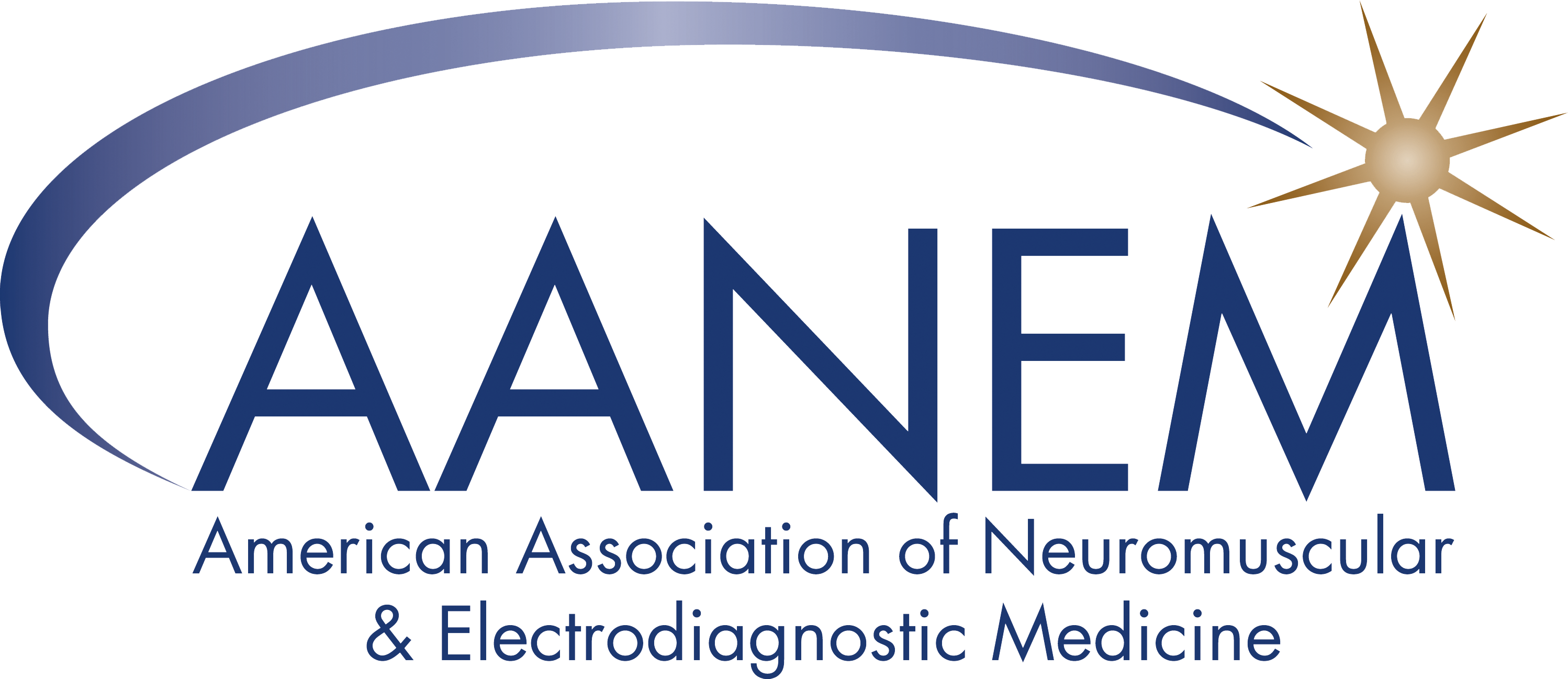Duchenne Muscular Dystrophy
What is Duchenne Muscular Dystrophy?
Duchenne Muscular Dystrophy (DMD)is the most common of the muscular dystrophies affecting one in 3500 boys. Boys with DMD usually show symptoms of the disease by age three. The first symptoms may be a delay in achieving independent walking. A "waddling " quality to the child's walking and running is often noted. Difficulty in getting up from a seated position on the floor is commonly seen. The disease is progressive, and boys lose the ability to walk by age 15 (many at a much younger age). Loss of respiratory (breathing) muscle power and involvement of heart muscle becomes life threatening in the late teens or early 20s. Orthopedic problems including scoliosis (curvature of the spine) and contractures of the legs and arms occur in the late stages of the disease. Learning problems occur in some boys with DMD. Difficulties with language and attention deficit disorder may interfere with school performance. Learning problems do not become worse as the disease progresses.Who gets Duchenne Muscular Dystrophy?
DMD is a genetic disorder. The disease is usually inherited from the mother. A defective gene is present on the "X" chromosome. The gene defect prevents the muscle cells from making an important protein called dystrophin. Dystrophin provides stability to the walls of muscle cells. Without this protein, muscle cells break down and die. Boys have only one X chromosome; girls have two X-chromosomes. Therefore, girls who carry one defective dystrophin gene rarely have obvious clinical symptoms, and never have the severe muscle disorder seen in boys with DMD.How is Duchenne Muscular Dystrophy diagnosed?
The diagnosis of DMD is suspected when a boy is late to walk or shows signs of muscle weakness. His physician will look for evidence of enlarged calf muscles and test muscle power. The family will be questioned about muscle problems in other family members. A blood test called a CK (creatine kinase) is the first screening test for DMD. CK is an enzyme found in muscle cells. The CK level is very high in boys with DMD due to muscle damage. A muscle biopsy or genetic (DNA) testing then confirms the diagnosis. Electrodiagnostic tests such as EMG and nerve conduction studies are sometimes needed to exclude other diseases.How is Duchenne Muscular Dystrophy treated?
Unfortunately there is currently no cure for DMD. Corticosteroids such as prednisone may slow the progression of the disease and allow patients to walk independently for a longer time. Treatment consists of managing the symptoms of the disease. Physical therapy and bracing to prevent muscle contractures and orthopedic management of scoliosis are important components of the care plan. When a child can no longer walk independently, special equipment such a power wheelchair allows independent mobility. Respiratory failure and cardiac failure are life-threatening complications of DMD. Close attention to breathing problems and heart muscle function are important in the later stages of the disease. Coordination of care with pulmonary and cardiology specialists is critical in the older child with DMD.
More Information
Muscular Dystrophy Association
Parent Project Muscular Dystrophy
Help Fund Research
The foundation funds important research and helps support education through awards and fellowship funding. Donate today and 100% of your donation will be used to support these initiatives.
Find Support
AANEM's membership and accredited laboratory directories can help patients find qualified professionals for diagnosis and treatment.
Find a Doctor Find an Accredited Lab